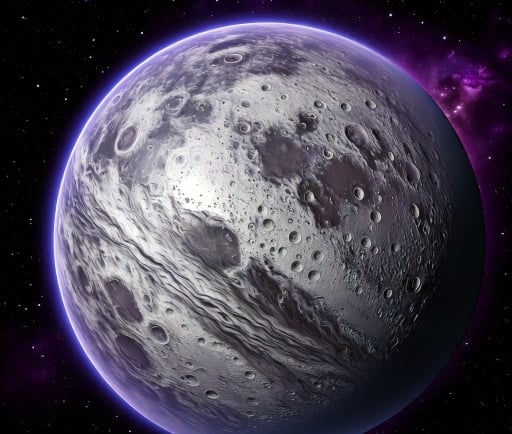ITG 15 B: A Marvel of the Cosmos


Introduction to ITG 15 B
ITG 15 B is an intriguing gas giant exoplanet that has captivated astronomers and space enthusiasts alike. Located in the depths of our cosmos, it orbits an unknown-type star. This fascinating celestial body boasts a mass equivalent to 21 Jupiters, making it one of the largest known exoplanets to date.
The Orbit and Distance of ITG 15 B
One of the most compelling aspects of ITG 15 B is its orbit. This gas giant takes approximately 365 days to complete one full revolution around its star, a period that mirrors Earth’s own orbital cycle. Despite the stark differences in composition and size, this similarity in the orbital duration raises questions about the comparative climates and environmental conditions in this remote planetary system.
Another noteworthy factor about ITG 15 B is its remarkable distance from its host star, situated at an impressive 435 astronomical units (AU). For context, one AU is the distance from the Earth to the Sun, approximately 93 million miles. This vast distance indicates that ITG 15 B may experience extreme variations in temperature and atmospheric conditions, shaped by its position in relation to its star.
The Significance of ITG 15 B in Astrophysics
The discovery of ITG 15 B not only enriches our understanding of gas giants but also provides insights into the formation and evolution of planetary systems. Such massive planets could play immense roles in the gravitational dynamics of their respective star systems, often influencing the formation of smaller terrestrial planets.
Furthermore, the characteristics of ITG 15 B challenge existing models of planet formation and stability. With a mass of 21 Jupiters and situated far from its star, its existence prompts questions about the processes that govern planetary stability and migration in early solar systems.
As research continues, scientists are keen to investigate the atmospheric composition of ITG 15 B, which could potentially reveal information about the planet's weather patterns, possible cloud formations, and even the presence of storms similar to those observed on Jupiter.
In conclusion, ITG 15 B serves as a testament to the limitless wonders of the universe. Its unique attributes and celestial mechanics not only expand our knowledge of gas giants but also deepen our understanding of the intricate dance between stars and their planets. Continued exploration of this giant exoplanet promises to unveil more mysteries, contributing significantly to the field of astrophysics.
